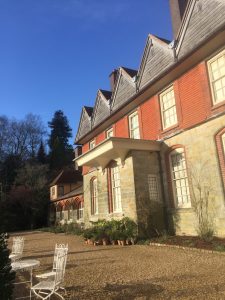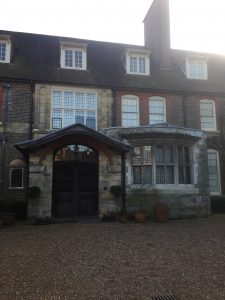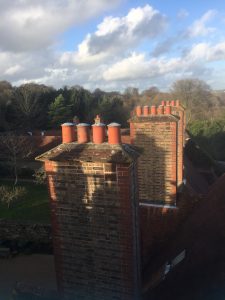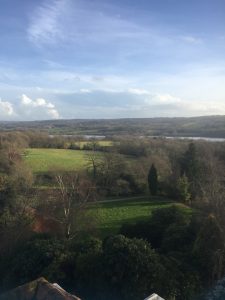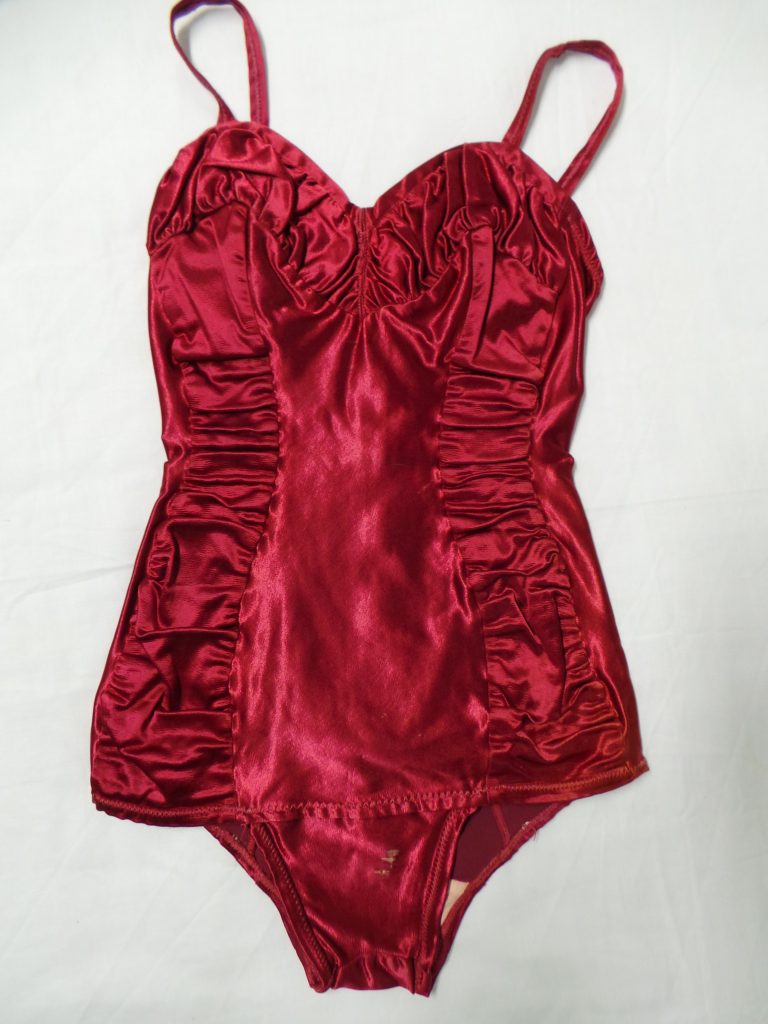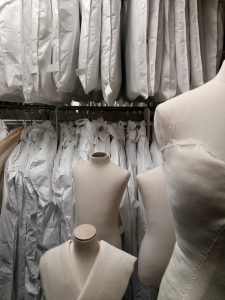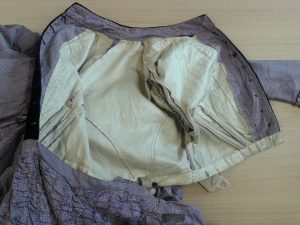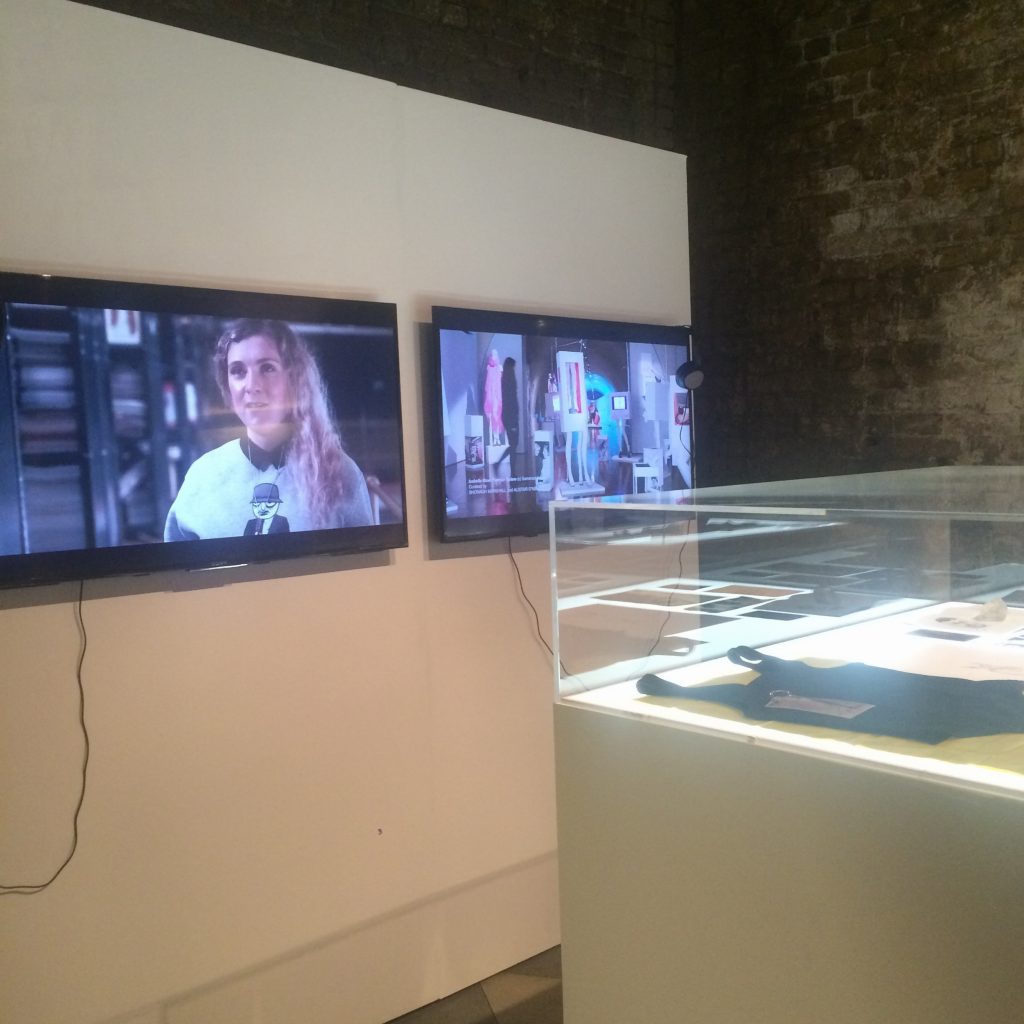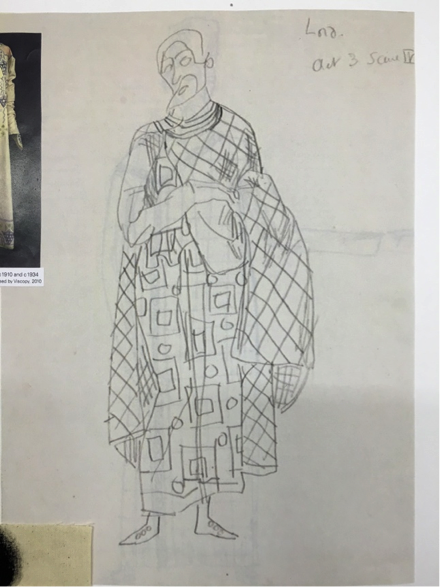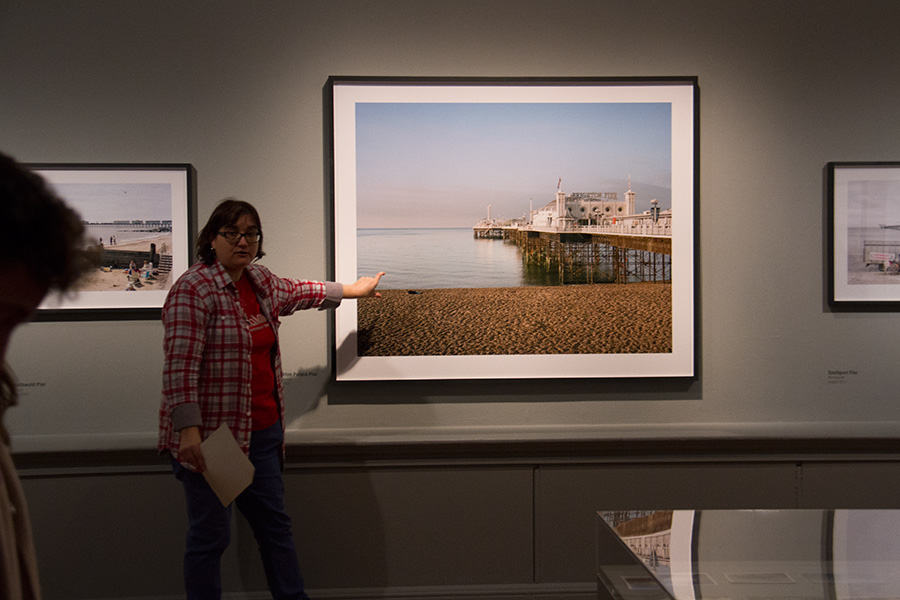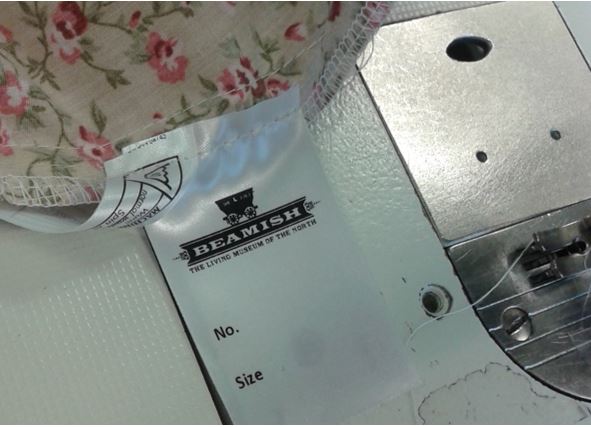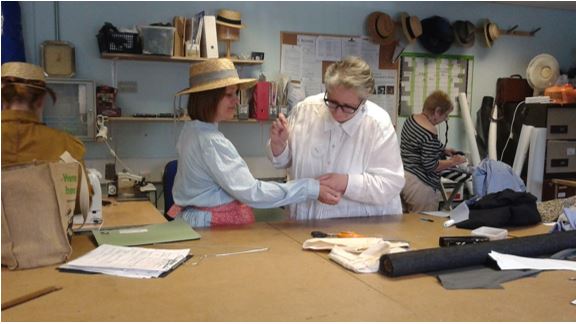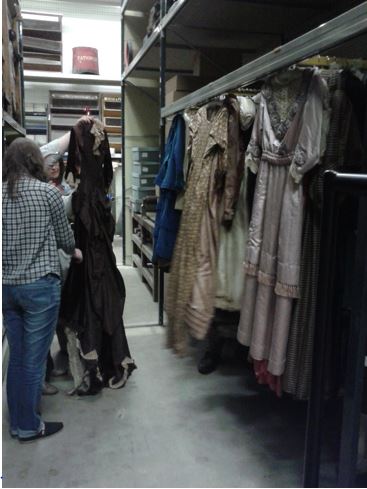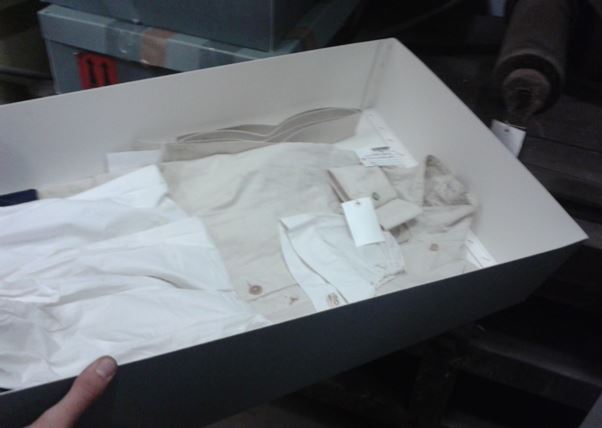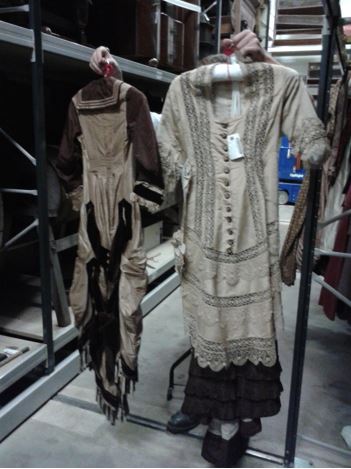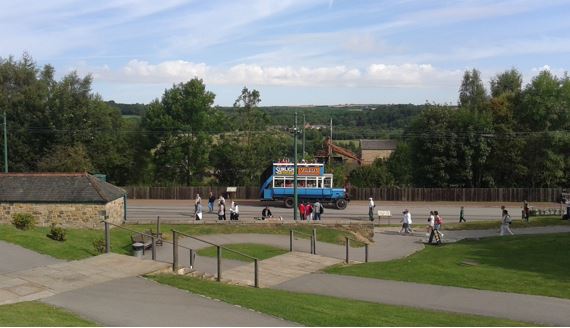What happens at an academic conference? Current MA student Jenna Allsopp found out when she attended the Design History Society Conference 2014
In July of this year, I graduated from the University of Brighton with a BA (Hons) in Fashion and Dress History and I am now a History of Design and Material Culture MA student, also at Brighton. My BA dissertation, entitled, Negotiating Female Masculinity in the Early Twentieth Century: the Case of Vera ‘Jack’ Holme (1881-1969) won the Design History Society 2014 undergraduate essay prize.
The Design History Society (DHS) is an international organisation that promotes the study of global design histories, bringing together and supporting all those engaged in the subject. Each year the DHS awards one undergraduate and one postgraduate the annual essay prize. As winner of the undergraduate prize, I was awarded a bursary of £300, one year’s membership of the DHS, £100 worth of Oxford University Press publications, 5 Paperbacks in the Oxford History of Art series, one free place to the DHS conference and gala dinner, and a £200 travel bursary to enable my attendance. DHS conferences are often held overseas; last year’s was held in Ahmedabad, India, and next year’s in San Francisco, so I was thrilled that this year’s was held in Oxford meaning, with the help of the travel bursary, I was able to attend.
Along with Annebella Pollen, Nicola Ashmore, Megha Rajguru and Louise Purbrick from the University of Brighton, who were all presenting at the conference, we stayed in the temporarily-vacant University of Oxford student accommodation in Keble College. Breakfast was held every morning in the very grand, Hogwarts-esque dining hall where we were unnervingly watched, alongside numerous American tourists, by the patriarchal portraits of past college Masters.
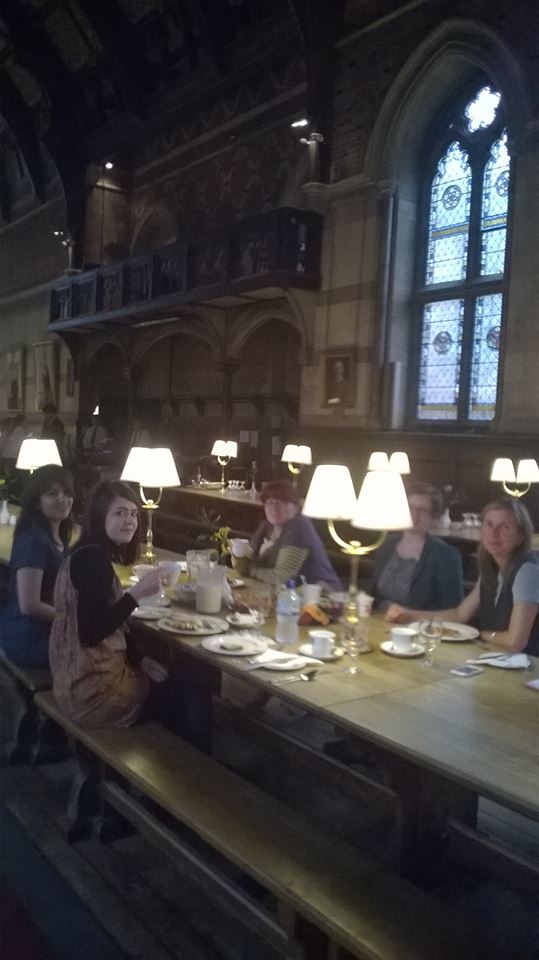
(clockwise from left) Megha, Annebella, Nicola, Louise and myself having breakfast at Keble College
In commemoration of the 1914/1944 anniversary, the theme of this year’s conference was Design for War and Peace, exploring the relationship between design, war, peace and protest, which, as conference organiser Claire O’Mahony highlights, usually falls outside the frameworks of design history. Graphic design, textiles and fashion, industrial and transport design, craft and exhibition design were all explored over the sixty-plus papers across three days.
Having never been to a conference before, it’s hard to describe what I expected as I really didn’t know. I knew I felt out of my depth, and lacked initial confidence in the thought of keeping up with the intellectual content of the papers then engaging in post-discussion with other attendees. Despite this, I was also very excited to have a glimpse into the world that I ultimately want to be involved in, and this gave me a great introduction. I found some of the academic jargon quite alien, such as ‘keynote speaker’ (an invited speaker rather than a proposed paper), and the concept of a ‘panel’ (small group of thematic papers) but luckily had Brighton staff close by to enlighten me.
Due to the short time-scale of the conference, and the volume of papers being given, it was impossible to attend all the papers of interest. As panels ran simultaneously, I had to make some tough decisions on which I thought sounded the most interesting so I usually opted for papers which aligned with my own academic interests in dress and textiles history.A stand-out paper I attended was presented by Jane Tynan of Central Saint Martins entitled, A Bad Fit: Race, Ethnicity and the Uniforms of Colonial Soldiers in the First World War. This paper examined WWI uniform designs to see whether clothing was used to signal racial difference between British and colonial soldiers, and also highlighted the ethnic division of labour. The impassioned subject matter of this paper sparked a heated debate during the following Q&A section, which was interesting to listen to opposing views and interpretations of the evidence and arguments presented.
The paper of keynote speaker Joanna Bourke, Professor of History at Birkbeck College, entitled Designed to Kill: The Social Life of Weapons in Twentieth Century Britain also stands out as it was an area I had never considered as ‘design’ before. Using the case studies of full and semi-metal jacketed bullets, Bourke investigated the design of weapons whose aim was to cause the most ‘debilitating wounds.’ Although the paper included some harrowing accounts, and shocking images, of ballistic wounds, it was nevertheless fascinating when discussed in the context of the bullet as designed and used object.
As mentioned previously, the University of Brighton was represented at the conference. Nicola Ashmore and Megha Rajguru displayed the protest banner created by Brighton artists and activists which depicts a re-making of Picasso’s Guernica. Annebella Pollen discussed the symbolic resistance embodied in the textiles, tents and totems of inter-war pacifist organisation the Kibbo Kift Kindred, and Louise Purbrick examined the political and protest handkerchiefs decorated by jailed prisoners during the 1970s Northern Ireland conflict.
On the first evening of the conference, the prize winners were announced at a drinks reception at the Ashmolean Museum of Art and Archaeology. All speakers and delegates were present and it was a great opportunity to meet academics and fellow students. As a shy person. the prize announcement was a good ice-breaker for me as it meant people then approached me to say congratulations. I met a PhD student who suggested I submit an abstract to speak at her student-focussed ‘research in progress’ conference next year, and I had the opportunity to discuss my dissertation with aprize judge who gave me great feedback and advice on continuing my studies in the area.

Annebella and myself post-prize-giving at the Ashmolean Museum
Research from my BA dissertation has been selected for inclusion in the Lesbian Lives Conference 2015, held at the University of Brighton, so attending the DHS conference has given me a lot more confidence to speak and network. It was an excellent opportunity to see how a conference is structured and how a wide-range of subjects, which I had never previously thought of in terms of design history, can be effectively discussed and linked under a general theme. It was a very enriching experience, and I now look forward to my next conference.


